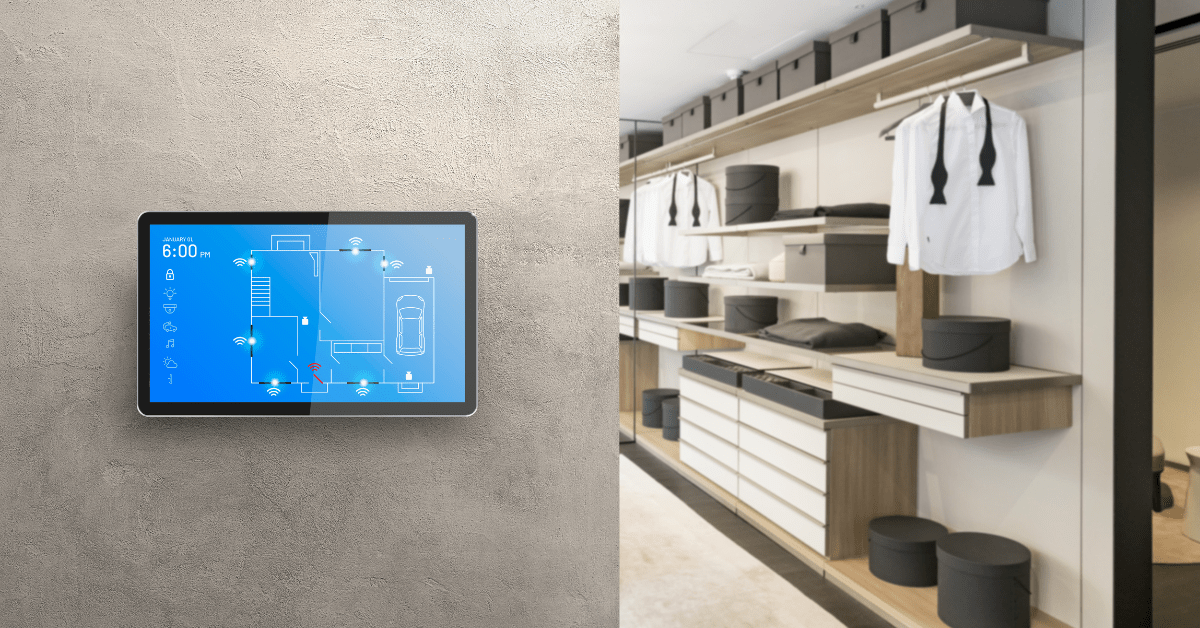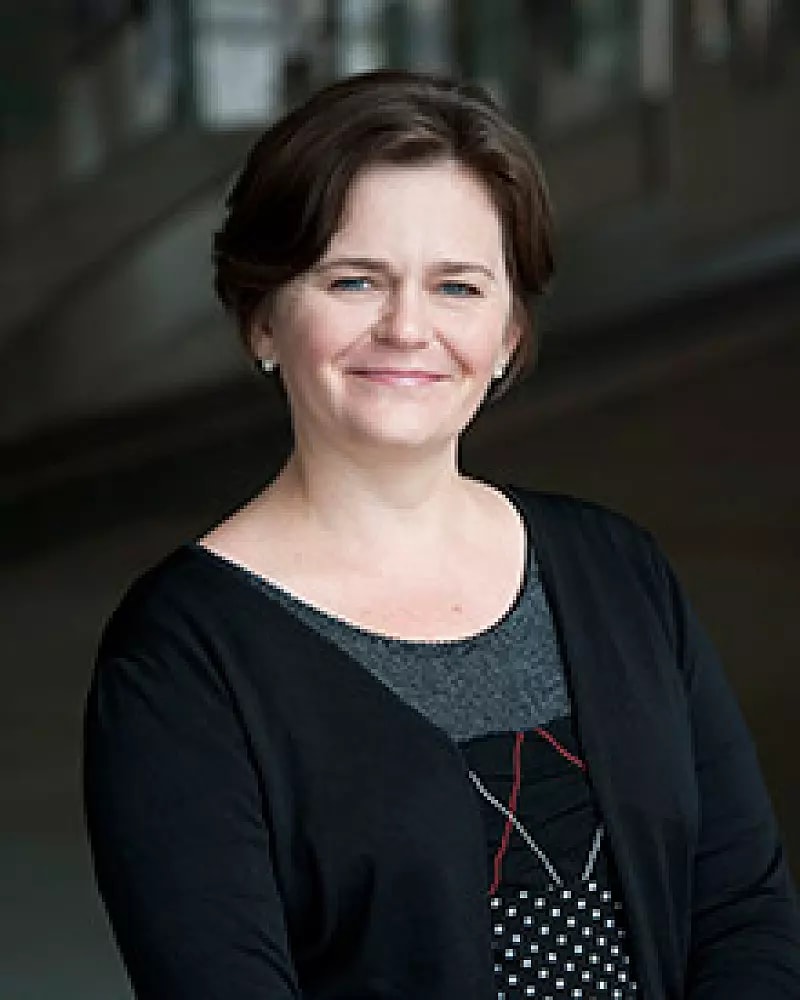Toward more human-centered and inclusive smart living

Smart cities promise a future of better public safety and more efficient city living through the power of technology. But as networks like sensors, detectors, voice alerts, and remote control apps become part of our daily lives, one question is often ignored: Are these devices truly designed with everyone in mind? Too often, so-called smart home technologies are developed without considering the unique needs of seniors or people with cognitive disabilities, or the realities faced by emergency services. And in critical situations like fires, falls, fainting spells, or even just memory lapses, every second counts. When technologies are too complicated or poorly integrated into homes, they can become stressful, confusing, and even dangerous. This situation raises two main challenges: helping people stay safe and independent at home, and making sure emergency services can respond quickly when something goes wrong.
To make smart living environments more inclusive of vulnerable groups, Professor Muriel Mignerat at the Telfer School of Management is leading an innovative project funded by a SMRG Research Development Grant. She is collaborating with Tina Saryeddine, an Adjunct Professor at Telfer and Executive Director of the Canadian Association of Fire Chiefs, to reimagine how connected technologies can better support older adults, people with cognitive disabilities, and the emergency responders who serve them.
The project aims to better protect these vulnerable populations during emergencies by addressing a troubling reality: many smart devices are designed without considering users’ cognitive abilities or the complexity of their daily lives. At the same time, firefighters must navigate these new technologies in high-stake situations, where devices meant to help can sometimes create more confusion.
Consider this: what happens when an alarm is triggered, but the person in the home doesn’t understand the verbal instructions? Or when a sensor fails to send a signal to the main system that’s supposed to coordinate alerts and emergency responses? Or when devices from different manufacturers don’t work well together, leaving the resident confused or unprotected?
“The next level of fire prevention isn’t just about technology — more than anything, it’s about making sure no one gets left behind because of it,” says Saryeddine.
Through their partnership, the researchers will have unique access to over 3,200 fire departments across Canada. The project will unfold in two phases: a review of the existing literature and a field study involving fire departments in various regions of the country. The team will meet with firefighters, members of the target groups and their caregivers, IT specialists, and municipal decision-makers to uncover how smart technologies are used on the ground.
This will help identify what’s working, what barriers still exist, and what’s being overlooked. The input gathered will show whether the ways we currently respond to home emergencies, through technology, services, and support, actually meet the needs of seniors and those with cognitive disabilities, or unintentionally leave them at greater risk.
By bringing together diverse perspectives, the project aims to deliver practical solutions that make smart technologies more accessible, inclusive, and reliable in emergency situations. “We need to build smart cities that support independence for everyone, not just people who are comfortable with technology,” says Mignerat.
Paving the way for inclusion and safety
The team’s research is designed to deliver real-world impact. With perspectives from those most affected, they’re developing concrete solutions to close the gap between smart technologies, emergency services, and vulnerable residents. But this project isn’t just about putting out fires. It’s about building better connected environments that protect, not isolate; inform, not overwhelm; and empower, not exclude. It calls for smart home technologies that are human-centered and rooted in inclusion, adaptability, and compassion, to bring greater independence to society’s most vulnerable. Beyond the home, the team’s work aims to shape technology standards, municipal practices, and influence public policy on home security.
The mission is clear: Put people first so when the alarm sounds, no one is left behind.